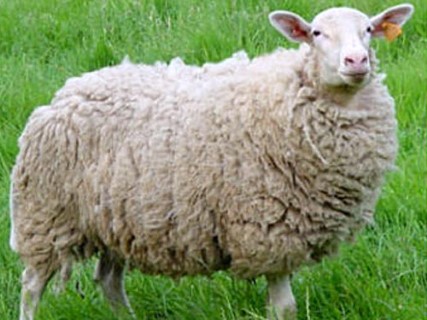Vlaams Schaap, also known as the Flemish Sheep, is a rare and versatile breed with a rich history originating in Belgium during the late Middle Ages. Despite its distinct characteristics, it is sometimes mistaken for the Belgium Milk Sheep due to similarities in appearance.
Historically, the Flemish Sheep population experienced a decline after the Second World War, when all native milk sheep were consolidated into the Belgian Milk Sheep breed. Consequently, the Flemish Sheep nearly vanished entirely. However, its genetic legacy persisted in the Netherlands, where it contributed to the development of the Swifter breed.
Vlaams Schaap is renowned for its large size, robust constitution, and exceptional productivity. This breed exhibits strong milking capabilities and fertility, making it highly valued among farmers. It is not uncommon for Vlaams Schaap ewes to successfully raise three lambs, showcasing their nurturing instincts and reproductive vigor.
The wool of Vlaams Schaap is prized for its quality and unique characteristics. It is long and curly at the ends, adding to its distinctive appearance. While primarily valued for its milk and meat production, the breed's wool is also treasured for various applications, reflecting the versatility of the Vlaams Schaap as a multi-purpose breed.
Despite its rarity, efforts are underway to preserve and promote the Vlaams Schaap breed, recognizing its historical significance and valuable traits within the agricultural landscape.
